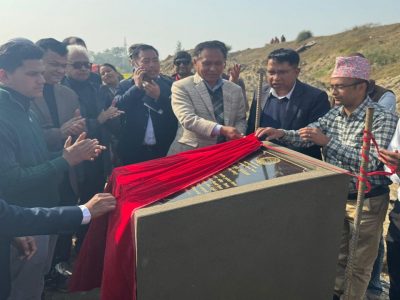School Janey Tin Ghanta’: A Hike That Brings Urban Youth Closer to Rural School Struggles
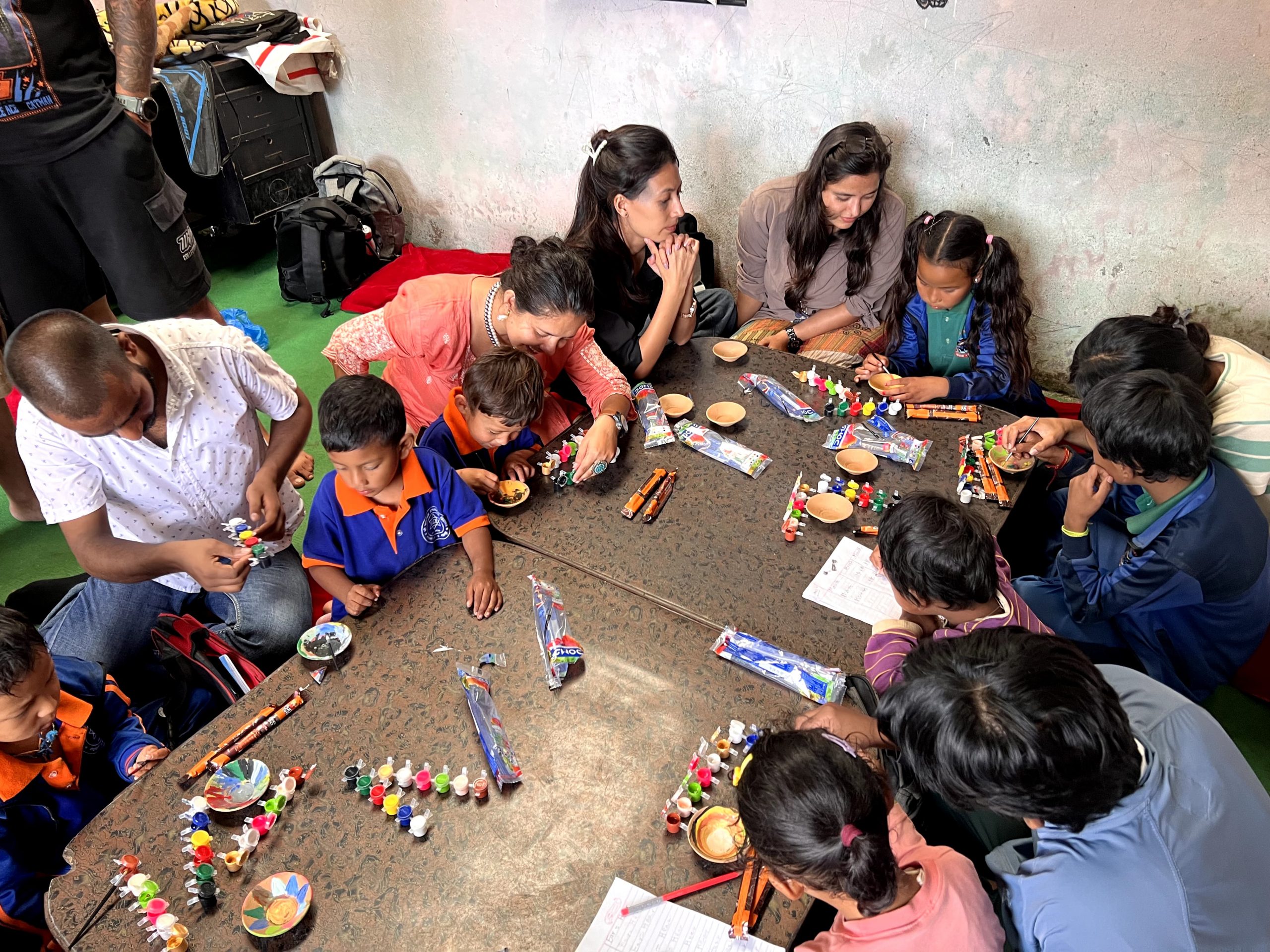
Lalitpur, September 13: Despite being located just 4 kilometers from Godavari on the outskirts of Kathmandu Valley, Chapakharka Adharbhut School remains in a state of isolation and neglect. Serving 25 students, the school faces extreme challenges such as poor infrastructure, difficult access due to landslides, scattered settlements, and a lack of public transportation. As a result, daily attendance often drops to just 5-7 students, making it one of the most underserved schools in the region despite its proximity to the capital.

In response to these challenges, a youth group from Kathmandu, under the banner of “Mohee,” organized an event called “School Janey Tin Ghanta” (Three Hours to the School) to celebrate Children’s Day and shed light on the conditions of the school and its community. The event involved a three-hour hike through the dense Phulchowki-Ranikot forest to the school, simulating the long trek that many students make on a regular basis to attend classes.
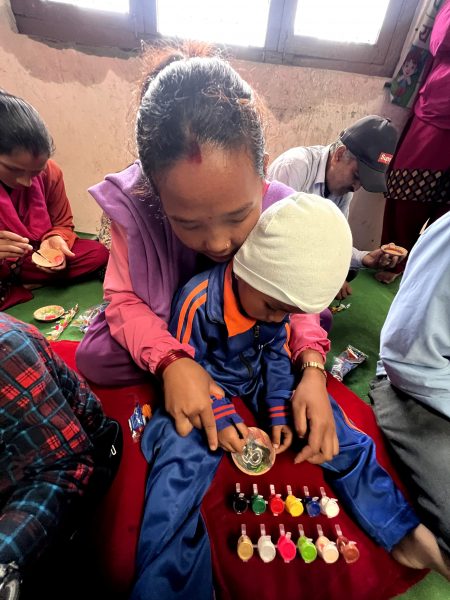
Event organizer Dipak Bista told reporters, “One of our aims was to offer the youth participants a firsthand experience of the difficulties faced by the local children. We wanted the youth to understand what it’s like for these children to walk for hours to reach school, and develop a sense of responsibility to do something for the community.”
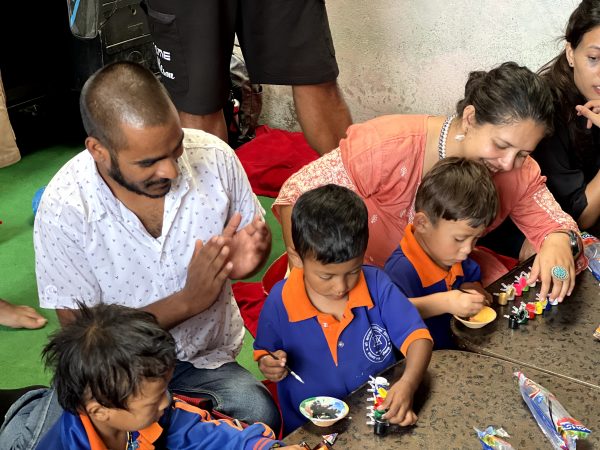
Participants reflected on the dire situation of the school. A hiker participant who had previously visited Chapakharka in 2018 remarked, “Back then, the school had no formal buildings—it was just an open ground. Students sat on logs for their lessons, and the teaching environment was pitiable. Today, the school has a three-room facility, shared with a primary healthcare center, but the improvements are minimal compared to the needs.”

The school staff also shared the difficulties they face. “Some students walk for nearly two hours to get here. We’ve tried to add resources to motivate them, but many parents either lack awareness or do not wish to send their children here. Those who can afford to shift to the city often rent rooms in Godavari to ensure better schooling for their children. Those who can’t afford the move either lack the awareness or simply don’t see the value in sending their children to school.”
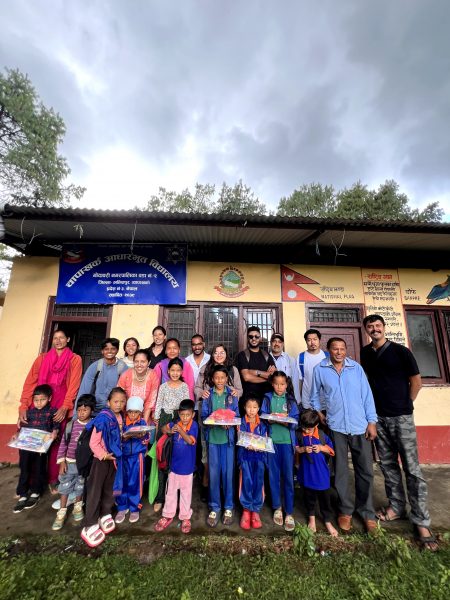
One of the key activities was a collaborative painting session focusing on color science, where both students and teachers participated. The idea was to explore children’s creativity while teaching basic concepts. Following the painting session, teachers engaged in discussions about interpreting the emotional and psychological states of the students through their artwork. Prakriti Pokharel, a participant, remarked, “The 4-6 year olds painted with surprising skill and creativity. If nurtured, these children have great potential. But it’s clear that much more work is needed, not just in the school but within the community itself.”
Mohee Leader Srijan Thapa added, “Reflecting on our childhood, school felt like a disciplined army barrack, and we often shed tears going there. Today, education should evolve beyond rigid structures. Schools need to be warm, engaging spaces where children look forward to attending. If we create environments that make students excited about learning, their parents will support their education. It’s about making school a place they want to be, not just a duty… Our painting event aimed to create a vibe where both teachers and students learned together, on equal terms.”
Facebook Comment
latest Video
Trending News
- This Week
- This Month








